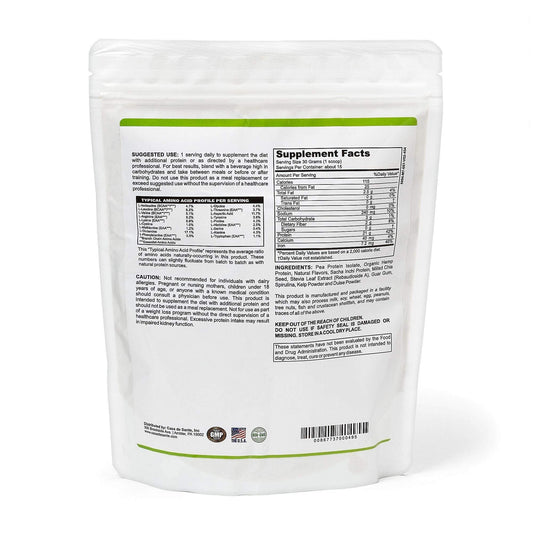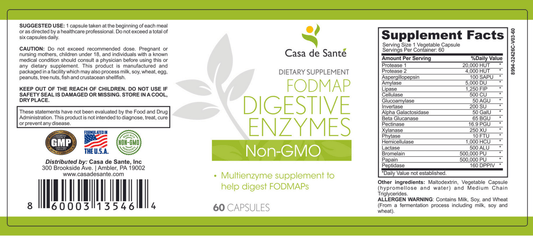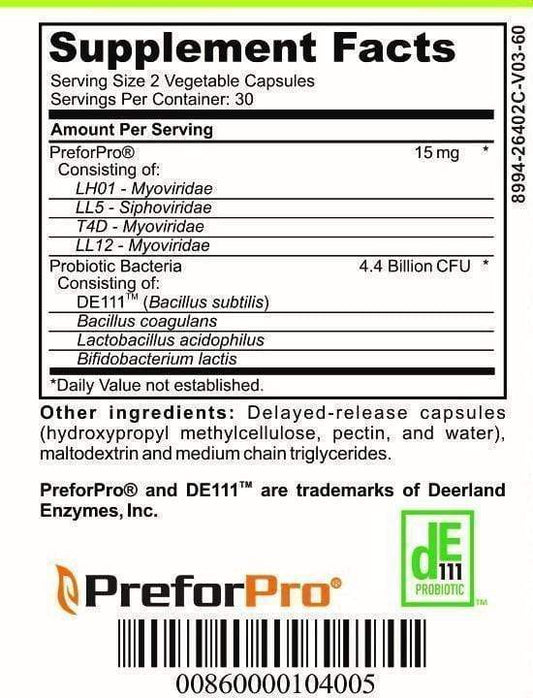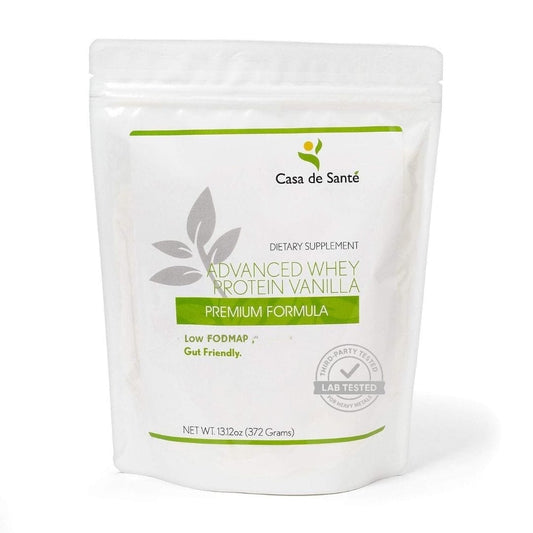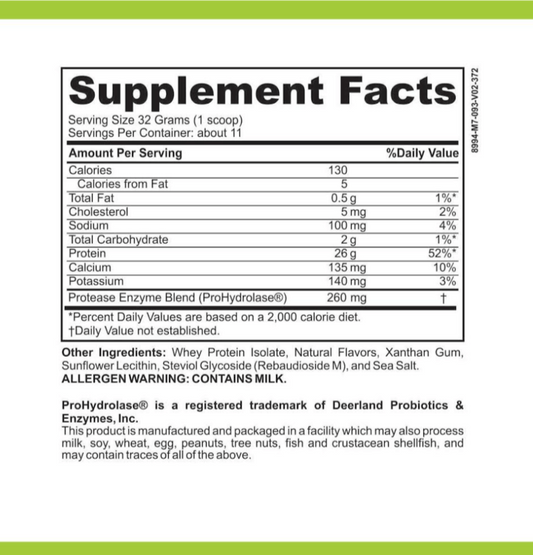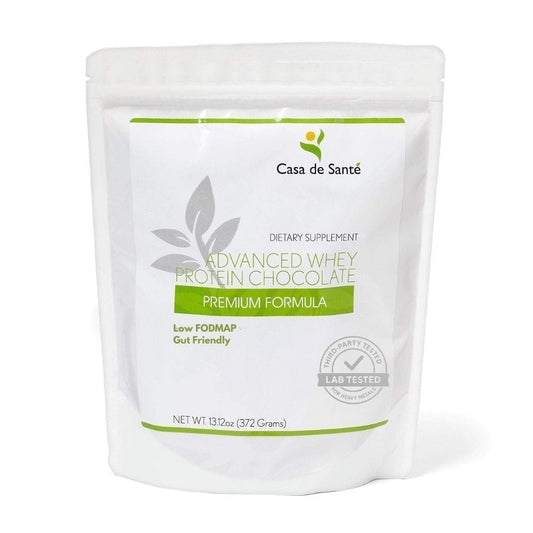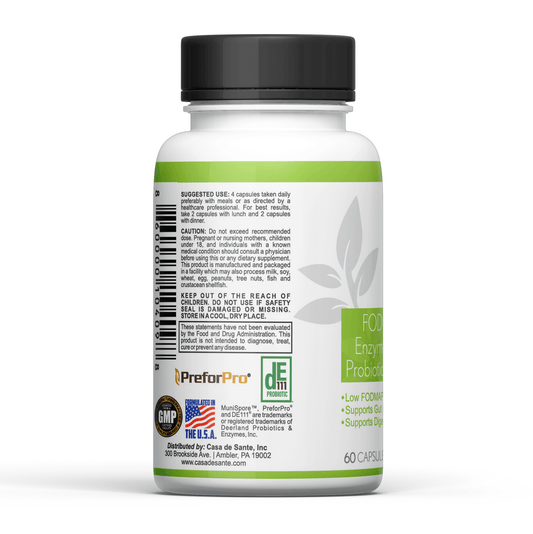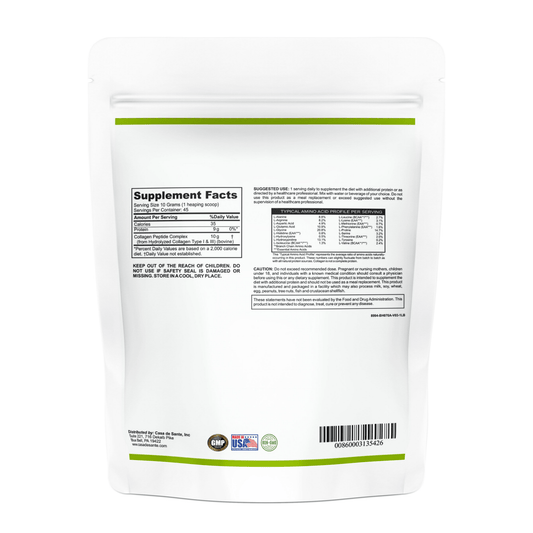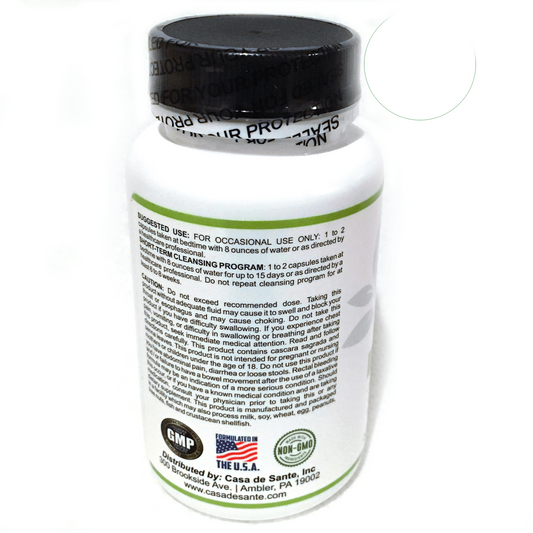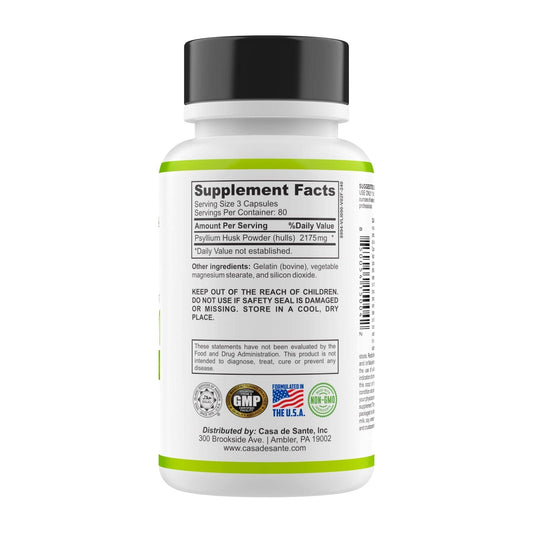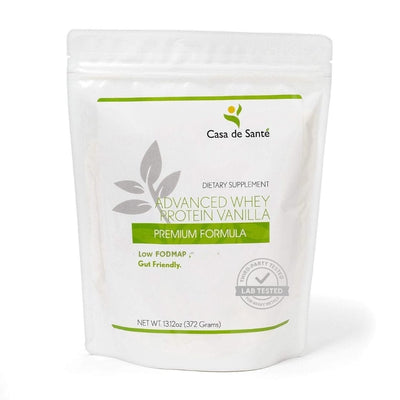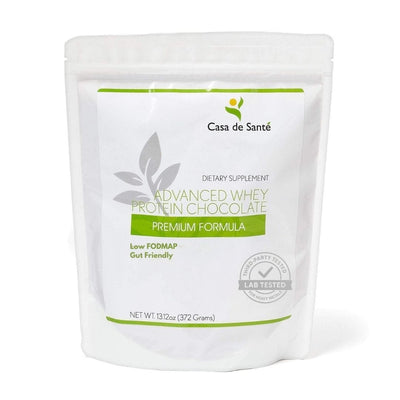Understanding POTS Ear Pressure: Causes and Management Strategies
POTS, or Postural Orthostatic Tachycardia Syndrome, can come with a mix of frustrating symptoms, one of which is ear pressure. This sensation can be quite bothersome and may affect daily activities. Understanding the causes and management strategies for POTS ear pressure can help those affected find relief and improve their quality of life. In this article, we’ll break down what causes this ear pressure, how it connects to POTS, and what can be done to manage it.
Key Takeaways
- POTS ear pressure is linked to autonomic nervous system issues.
- Symptoms can disrupt everyday life, making simple tasks more challenging.
- Identifying triggers can help manage ear pressure effectively.
- Non-drug strategies like lifestyle changes and physical maneuvers are often recommended first.
- Healthcare providers play a key role in supporting and educating patients about POTS.
Understanding POTS Ear Pressure
POTS, or Postural Orthostatic Tachycardia Syndrome, is a condition that can manifest in a variety of ways, and one less commonly discussed symptom is ear pressure. It's important to understand this symptom within the broader context of POTS to effectively manage it. Many people don't realize that the strange fullness or pressure they feel in their ears could be related to POTS. It's not just about dizziness and a racing heart; it's a whole-body experience.
Symptoms of POTS Ear Pressure
Ear pressure related to POTS can feel like your ears need to pop, but they just won't. It can be accompanied by other symptoms, such as:
- Tinnitus (ringing in the ears)
- Dizziness or lightheadedness
- Changes in hearing
- Headaches
The intensity of these symptoms can vary, and they may be triggered by changes in posture, like standing up after lying down. It's not always constant; it can come and go, making it tricky to pinpoint.
Impact on Daily Life
The sensation of ear pressure, especially when combined with other POTS symptoms, can significantly impact daily life. It can make it hard to concentrate, affect balance, and even lead to anxiety or frustration. Imagine trying to focus at work when you constantly feel like your ears are plugged. It's not easy!
Dealing with POTS is like constantly fighting an uphill battle. The ear pressure adds another layer of complexity, making everyday tasks feel much harder. It's not just a physical thing; it affects your mental well-being too.
Connection to Other Symptoms
Ear pressure in POTS is often connected to other symptoms through the underlying mechanisms of the condition. POTS involves dysregulation of the autonomic nervous system, which controls heart rate, blood pressure, and other bodily functions. When these systems are out of whack, it can lead to a cascade of symptoms, including the ear pressure. It's all interconnected, and understanding these connections is key to managing POTS effectively.
Common Causes of POTS Ear Pressure
It's tricky because pinpointing the exact cause of ear pressure related to POTS can be complex, as it often involves a combination of factors. It's not always a direct cause-and-effect situation, but rather a confluence of how POTS affects the body's systems. Let's break down some of the common culprits.
Autonomic Nervous System Dysfunction
The autonomic nervous system dysautonomia is supposed to regulate things like heart rate, blood pressure, and even blood vessel constriction. When it's not working correctly, as is the case with POTS, it can lead to a cascade of issues. This includes problems with blood flow to the head and ears, potentially causing that feeling of pressure. Think of it like this: if the blood vessels in your ears aren't constricting and dilating as they should, it can mess with the pressure balance.
Blood Volume Changes
Many people with POTS experience issues with blood volume regulation. This means they might have lower-than-normal blood volume or struggle to maintain adequate blood flow to the upper body when standing. When blood pools in the lower extremities, it can lead to reduced blood flow to the head and ears, potentially causing that sensation of fullness or pressure. It's like your ears are feeling the effects of the body trying to compensate for the blood volume shift.
Environmental Triggers
Certain environmental factors can exacerbate POTS symptoms, including ear pressure. These triggers vary from person to person, but common ones include:
- Changes in weather: Barometric pressure shifts can affect fluid balance and inner ear pressure.
- High altitudes: Lower oxygen levels can strain the cardiovascular system.
- Dehydration: Lack of fluids can worsen blood volume issues.
It's important to keep a symptom journal to track potential environmental triggers. Note when your ear pressure is worse and what the weather was like, if you were traveling, or if you were particularly dehydrated. This can help you identify patterns and take steps to mitigate these triggers.
Diagnosis of POTS Ear Pressure

Getting a handle on POTS ear pressure can be tricky because its symptoms can be vague and overlap with other conditions. It's not always a straightforward process, and it often requires a bit of detective work to pinpoint the real cause. Many people end up visiting multiple doctors before finally getting the right diagnosis. Let's break down the steps involved.
Clinical Evaluation
The first step in diagnosing POTS ear pressure is usually a thorough clinical evaluation. This involves a detailed discussion of your medical history, symptoms, and any potential triggers. Your doctor will want to know about the frequency, duration, and severity of your ear pressure, as well as any other symptoms you're experiencing, like lightheadedness, palpitations, or nausea. They'll also perform a physical exam to rule out other possible causes, such as ear infections or sinus problems. It's important to be as detailed as possible when describing your symptoms, as this can help your doctor narrow down the possibilities. Don't be afraid to mention anything that seems relevant, even if it doesn't seem directly related to your ears. Sometimes, seemingly unrelated symptoms can provide valuable clues.
Tilt Table Test
If POTS is suspected, a tilt table test is often the next step. This test helps to evaluate how your body responds to changes in position, specifically when moving from lying down to standing up. During the test, you'll be strapped to a table that is then tilted to a near-upright position. Your heart rate and blood pressure will be continuously monitored throughout the test. A diagnosis of POTS is typically confirmed if your heart rate increases by at least 30 beats per minute within 10 minutes of standing, without a significant drop in blood pressure. The tilt table test is a valuable tool for identifying the characteristic heart rate and blood pressure changes associated with POTS. It's a relatively non-invasive procedure, and it can provide important information about how your autonomic nervous system is functioning. If you're scheduled for a tilt table test, be sure to follow your doctor's instructions carefully, as certain medications or foods may need to be avoided beforehand. It's also a good idea to wear comfortable clothing and shoes.
Ruling Out Other Conditions
One of the most important aspects of diagnosing POTS ear pressure is ruling out other conditions that can cause similar symptoms. This is because many of the symptoms associated with POTS, such as dizziness, fatigue, and ear pressure, can also be caused by other medical problems. Some of the conditions that need to be ruled out include:
- Thyroid disorders
- Anemia
- Adrenal gland disorders
- Electrolyte imbalances
It's important to remember that POTS is often a diagnosis of exclusion, meaning that it's only diagnosed after other possible causes have been ruled out. This can be a frustrating process, but it's essential to ensure that you receive the correct diagnosis and treatment. Your doctor may order a variety of blood tests, imaging studies, or other diagnostic procedures to rule out other conditions. Be patient and work closely with your healthcare team to get to the bottom of your symptoms. If you're concerned about the possibility of POTS, talk to your doctor about your symptoms and ask about getting evaluated. Early diagnosis and treatment can help improve your quality of life and prevent long-term complications. If you are diagnosed with POTS, your doctor may prescribe medications for symptom relief.
Nonpharmacologic Management Strategies
Alright, so you've been diagnosed with POTS and the ear pressure is driving you nuts. Meds aren't the only answer! There's a bunch of stuff you can try before even thinking about prescriptions. These non-drug strategies are often the first line of defense, and honestly, they can make a huge difference. It's all about finding what works for you, because everyone's different.
Lifestyle Modifications
This is where you start tweaking your daily habits. Small changes can lead to big improvements. Think about how you're spending your day. Are you sitting for too long? Are you getting enough sleep? These things matter more than you might think.
- Avoid prolonged standing. Seriously, if you can sit, sit.
- Elevate your head while sleeping. Extra pillows are your friend.
- Pace yourself. Don't try to do everything at once. Break tasks into smaller chunks.
Listen to your body. If something makes you feel worse, stop doing it. It sounds simple, but it's easy to push yourself too hard when you're trying to get back to normal.
Dietary Adjustments
What you eat and drink plays a huge role. We're not talking about some crazy diet, but rather making smart choices to help manage your blood volume and electrolyte balance.
- Increase your fluid intake. Aim for 2-3 liters of water a day. It sounds like a lot, but it helps.
- Add salt to your diet. This helps your body retain water. Talk to your doctor about how much is right for you, but often, increasing salt intake is recommended.
- Avoid processed foods. They can mess with your blood pressure and make symptoms worse.
Physical Counter-Maneuvers
These are quick tricks you can use when you feel symptoms coming on. They're not a cure, but they can provide temporary relief. Think of them as your secret weapons against POTS symptoms. For example, exercise regimens can be helpful.
- Leg crossing. Simple, but effective for some people.
- Muscle pumping. Tensing and releasing your leg muscles can help increase blood flow.
- Squatting. This can help raise your blood pressure quickly.
Pharmacologic Treatment Options
It's important to remember that there isn't a one-size-fits-all medication for POTS. What works for one person might not work for another, and it often takes some trial and error to find the right combination. Doctors usually start with the least invasive options and adjust as needed, always keeping a close eye on how you're responding.
Medications for Symptom Relief
When it comes to medications, the goal is to manage specific symptoms. For example, if a rapid heart rate is a major issue, beta-blockers might be prescribed to slow things down. On the other hand, if low blood pressure is the problem, medications like midodrine can help to increase it. Some people also find relief from medications that address brain fog or fatigue, like stimulants, but these need to be used with caution due to potential side effects. It's all about finding what helps you feel more functional day-to-day.
Monitoring and Adjustments
Regular monitoring is key when you're on medication for POTS. This usually involves keeping track of your symptoms, blood pressure, and heart rate, and reporting any changes or side effects to your doctor. Adjustments to your medication dosage or type may be needed over time, depending on how your body responds. It's a collaborative process between you and your healthcare provider to fine-tune your treatment plan.
Potential Side Effects
Like any medication, those used for POTS can come with side effects. It's important to have an open conversation with your doctor about what to expect and what to watch out for. Some common side effects include fatigue, dizziness, and changes in blood pressure. In some cases, the side effects can be bothersome enough to warrant a change in medication. For example, some medications used to treat POTS can increase the risk of venous thromboembolism stroke and MI. Always weigh the benefits against the risks and make informed decisions about your treatment.
Finding the right medication for POTS can feel like a long road, but it's important to stay patient and work closely with your healthcare team. Don't be afraid to ask questions, voice your concerns, and advocate for yourself. With the right approach, it's possible to find a medication regimen that helps you manage your symptoms and improve your quality of life.
Here are some common categories of medications used:
- Vasoconstrictors (e.g., midodrine)
- Beta-blockers (e.g., propranolol)
- Medications targeting sympathetic activity (e.g., clonidine)
Role of Healthcare Providers in Management
Dealing with POTS and the associated ear pressure can feel like navigating a maze. That's where healthcare providers come in. It's not just about seeing one doctor; it's about having a team that understands the complexities of POTS and how it affects you as an individual. Let's break down the different roles and how they contribute to your care.
Collaboration Among Specialists
Effective POTS management often requires a team approach. Think of it like this: your primary care physician is the quarterback, but they need wide receivers (cardiologists), tight ends (neurologists), and a solid offensive line (ENT specialists, physical therapists) to really move the ball down the field. Each specialist brings a unique perspective and skillset to the table. For example, a cardiologist can assess and manage heart-related symptoms, while a neurologist can address any neurological issues that might be contributing to the ear pressure or other POTS symptoms. An ENT specialist can rule out inner ear problems. This collaborative approach helps ensure that all aspects of your condition are addressed, leading to more effective and personalized treatment. It's about everyone being on the same page and working together to improve your quality of life. This is especially important when considering POTS-associated conditions.
Patient Education
Healthcare providers aren't just there to prescribe medications or order tests; they also play a vital role in educating you about POTS. Understanding your condition is the first step toward managing it effectively. This includes learning about the underlying mechanisms of POTS, identifying your personal triggers, and understanding the various treatment options available. A well-informed patient is better equipped to participate in their own care, make informed decisions, and advocate for their needs.
Patient education can take many forms, from one-on-one consultations with your doctor to group sessions with other patients. It's about empowering you with the knowledge and tools you need to take control of your health.
Ongoing Support
POTS is a chronic condition, which means it requires ongoing management and support. This isn't a one-and-done situation. Your healthcare providers should be there for the long haul, providing continuous monitoring, adjusting treatment plans as needed, and offering emotional support. This might involve regular check-ups, phone consultations, or even access to online resources and support groups. The goal is to create a supportive environment where you feel comfortable discussing your concerns, asking questions, and working together to find the best strategies for managing your symptoms over time. Here are some ways they can provide support:
- Regular follow-up appointments to monitor progress and adjust treatment plans.
- Access to a dedicated care team that you can contact with questions or concerns.
- Referrals to other specialists or resources as needed.
- Emotional support and encouragement to help you cope with the challenges of living with POTS.
Coping Strategies for Patients

Support Groups
Finding a support group, whether online or in person, can be a game-changer. It's incredibly validating to connect with others who truly understand what you're going through. Sharing experiences, tips, and even just venting can make you feel less alone in your POTS journey. It's a space where you don't have to explain every little thing because everyone gets it.
Stress Management Techniques
Stress can really mess with POTS symptoms, so finding ways to manage it is super important. Things like meditation, deep breathing exercises, or even just taking a few minutes each day to do something you enjoy can make a difference. I've found that even a short walk in nature helps me calm down and feel more grounded. It's all about finding what works for you and making it a regular part of your routine.
Tracking Symptoms and Triggers
Keeping a symptom journal can be really helpful in identifying patterns and triggers. Note when your symptoms are worse, what you were doing, what you ate, and even the weather. Over time, you might start to see connections that you wouldn't have noticed otherwise. This information can help you make lifestyle adjustments to minimize your symptoms.
It's easy to feel overwhelmed when dealing with POTS, but remember that you're not alone. Experiment with different coping strategies and find what works best for you. Be patient with yourself, and celebrate small victories along the way. Every little bit helps!
Wrapping Up: Managing POTS Ear Pressure
In conclusion, dealing with ear pressure linked to POTS can be a real challenge, but you’re not alone in this. Understanding what causes these symptoms is the first step toward finding relief. Whether it’s adjusting your sleep habits, staying hydrated, or avoiding triggers, small changes can make a big difference. Don't hesitate to reach out for support, whether from friends, family, or support groups. Remember, it’s all about finding what works best for you. With the right strategies and a bit of patience, you can manage your symptoms and improve your quality of life.
Frequently Asked Questions
What is POTS and how does it relate to ear pressure?
POTS stands for Postural Orthostatic Tachycardia Syndrome. It's a condition that affects how blood flows in your body. Some people with POTS feel pressure in their ears, which can happen when they stand up or change positions.
What are the main symptoms of POTS ear pressure?
Common symptoms include feeling dizzy, lightheaded, or having ringing in the ears. You might also feel tired or have headaches.
How does POTS affect everyday activities?
POTS can make simple tasks harder, like standing for long periods or exercising. This can lead to frustration and stress in daily life.
What are some common causes of ear pressure in POTS patients?
Ear pressure in POTS can be caused by issues with the autonomic nervous system, changes in blood volume, or even things in the environment like heat.
What are some ways to manage POTS ear pressure without medication?
You can manage POTS ear pressure by staying hydrated, adjusting your diet, and doing physical exercises like leg crossing to help improve blood flow.
How can healthcare providers help with POTS management?
Doctors and specialists can work together to provide education, support, and create a treatment plan tailored to each patient's needs.


